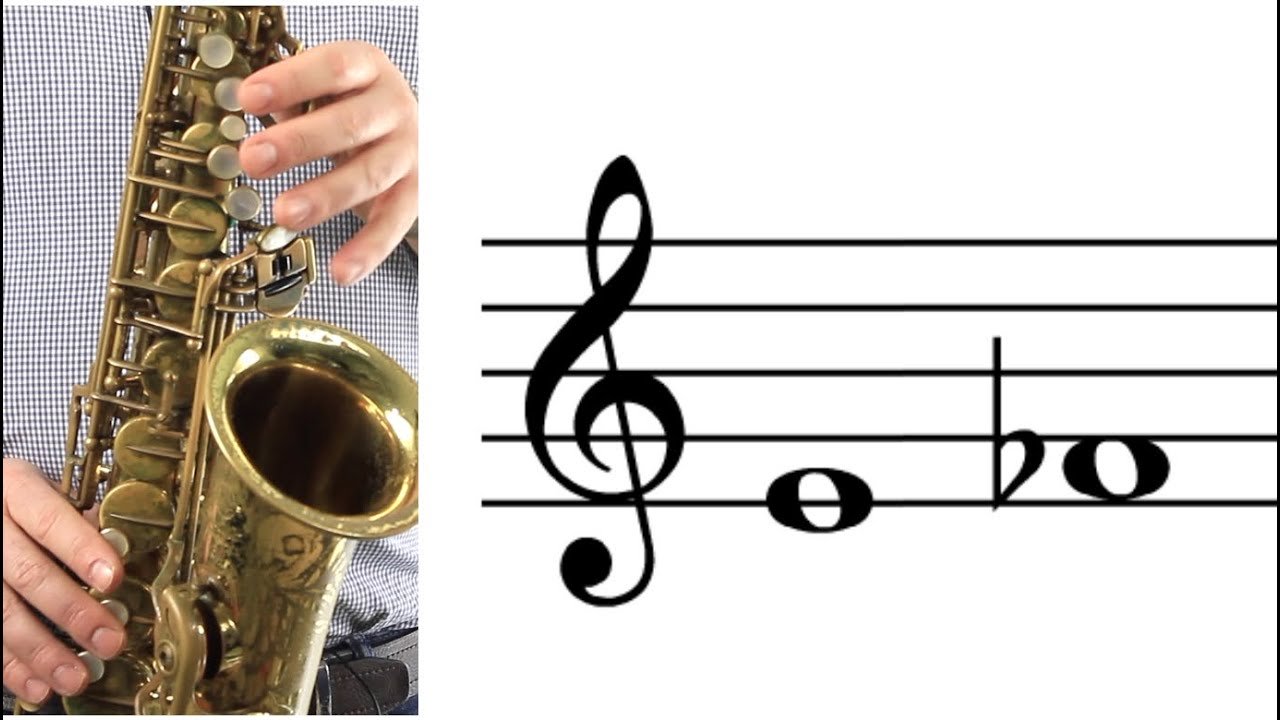If you want to play low notes on your alto sax, there are a few things you can do to make it easier. First, make sure you have a good reed that is not too soft or too hard. Second, use a mouthpiece with a small tip opening.
Third, use a ligature that holds the reed securely in place. Fourth, use proper breathing techniques. Fifth, relax your jaw and tongue.
Sixth, practice playing long tones and slurs. Seventh, use a metronome to keep yourself in time.
Tips For Playing Low Notes On Alto Sax
- First, put your left hand on the top half of the saxophone neck and place your right hand on the bottom half
- Next, use your left thumb to hold down the low A key and use your right index finger to hold down the second key from the top on the right-hand side
- Now, blow gently into the mouthpiece while pressing down both keys
- You should hear a low A note come out of the saxophone
- If it sounds sharp or flat, you can adjust by using your left pinky finger to slightly raise or lower the pitch
- Practice this until you can play a clean low A note every time!

Credit: bettersax.com
How Do You Play a Low A on Alto Saxophone
To play a low A on alto saxophone, you will need to use the correct fingering. The lowest note on alto saxophone is actually a Bb, so to play a low A, you will need to use the octave key. The octave key is located on the left hand side of the saxophone, and it is operated by the pinky finger.
To play a low A, place your pinky finger on the octave key and press down. Then, place your other fingers in the following positions:
Index finger: second position from the top of the keyboard
Middle finger: third position from the top of the keyboard
Ring finger: fourth position from the top of Keyboard
Conclusion
Assuming you would like a summary of the blog post titled “How to Play Low A on Alto Sax”, here is a brief overview:
The author begins by stating that playing low A on alto sax can be tricky, but with practice it can be mastered. They go on to say that there are two main ways to play low A – either using the altissimo register or using fingering for low C.
For those unfamiliar with the altissimo register, the author provides a brief explanation of how it works. Essentially, air is directed through a hole in the mouthpiece which causes vibrations in the reed – resulting in a higher note being produced. The author notes that this method can take some time to get used to, but once mastered it produces a clear and consistent sound.
As for fingering for low C, the author provides detailed instructions on which keys need to be pressed down. They also mention that this fingering can be adapted for lower notes such as Bb and G if needed.
Overall, the blog post provides helpful information for anyone struggling to play low A on their alto saxophone.
With patience and practice, anyone should be able to master this technique.
- How to Evolve Nosepass - April 3, 2025
- Crafting Pressure Plates in Minecraft – How to Make the Most of Your Pressure Plates! - April 3, 2025
- How to Make a Zelda-Inspired Craft: Crafting in Breath of the Wild - April 3, 2025

